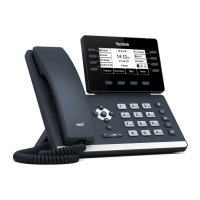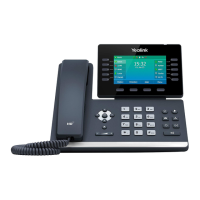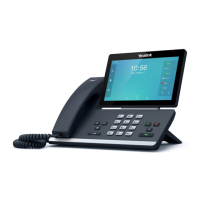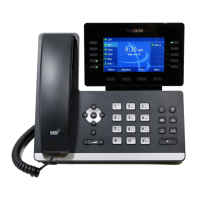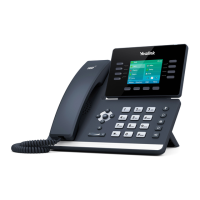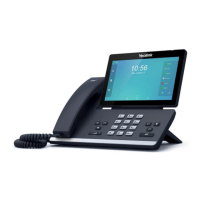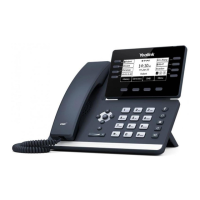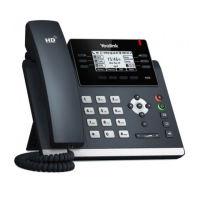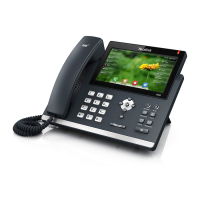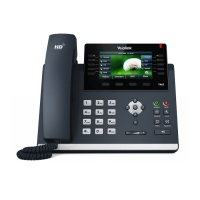Administrator’s Guide for SIP-T2 Series/T19(P) E2/T4 Series/T5 Series/CP860/CP920 IP Phones
xii
If you want to find Request for Comments (RFC) documents, type
http://www.ietf.org/rfc/rfcNNNN.txt
(NNNN is the RFC number) into the location field of your
browser.
This guide mainly takes the SIP-T46G IP phones as example for reference. For more details on
other IP phones, refer to
Yealink phone-specific user guide
.
For other references, look for the hyperlink or web info throughout this administrator guide.
Understanding VoIP Principle and SIP Components
This section mainly describes the basic knowledge of VoIP principle and SIP components, which
will help you have a better understanding of the phone’s deployment scenarios.
VoIP Principle
VoIP
VoIP (Voice over Internet Protocol) is a technology using the Internet Protocol instead of
traditional Public Switch Telephone Network (PSTN) technology for voice communications.
It is a family of technologies, methodologies, communication protocols, and transmission
techniques for the delivery of voice communications and multimedia sessions over IP networks.
The H.323 and Session Initiation Protocol (SIP) are two popular VoIP protocols that are found in
widespread implementation.
H.323
H.323 is a recommendation from the ITU Telecommunication Standardization Sector (ITU-T)
that defines the protocols to provide audio-visual communication sessions on any packet
network. The H.323 standard addresses call signaling and control, multimedia transport and
control, and bandwidth control for point-to-point and multi-point conferences.
It is widely implemented by voice and video conference equipment manufacturers, is used
within various Internet real-time applications such as GnuGK and NetMeeting and is widely
deployed by service providers and enterprises for both voice and video services over IP
networks.
SIP
SIP (Session Initiation Protocol) is the Internet Engineering Task Force’s (IETF’s) standard for
multimedia conferencing over IP. It is an ASCII-based, application-layer control protocol
(defined in RFC 3261) that can be used to establish, maintain, and terminate calls between two
or more endpoints. Like other VoIP protocols, SIP is designed to address functions of signaling
and session management within a packet telephony network. Signaling allows call information
to be carried across network boundaries. Session management provides the ability to control
attributes of an end-to-end call.
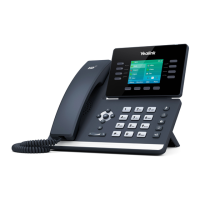
